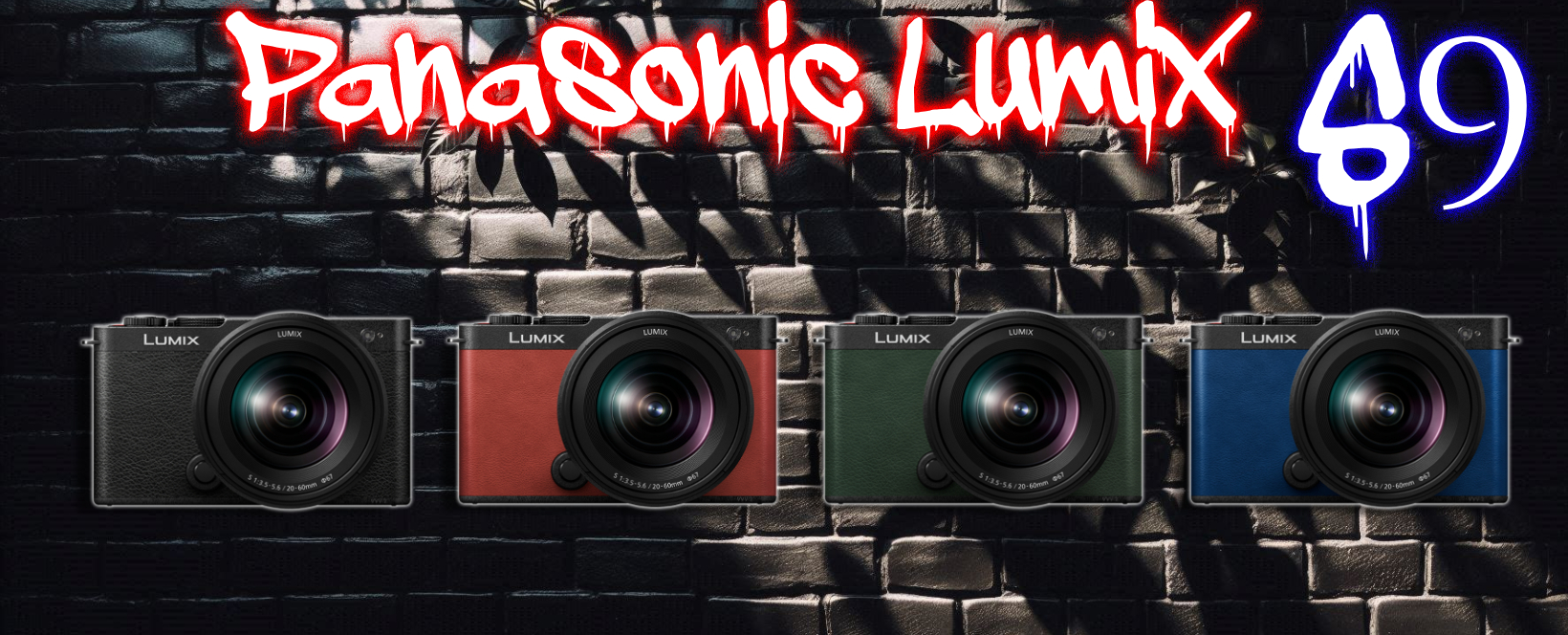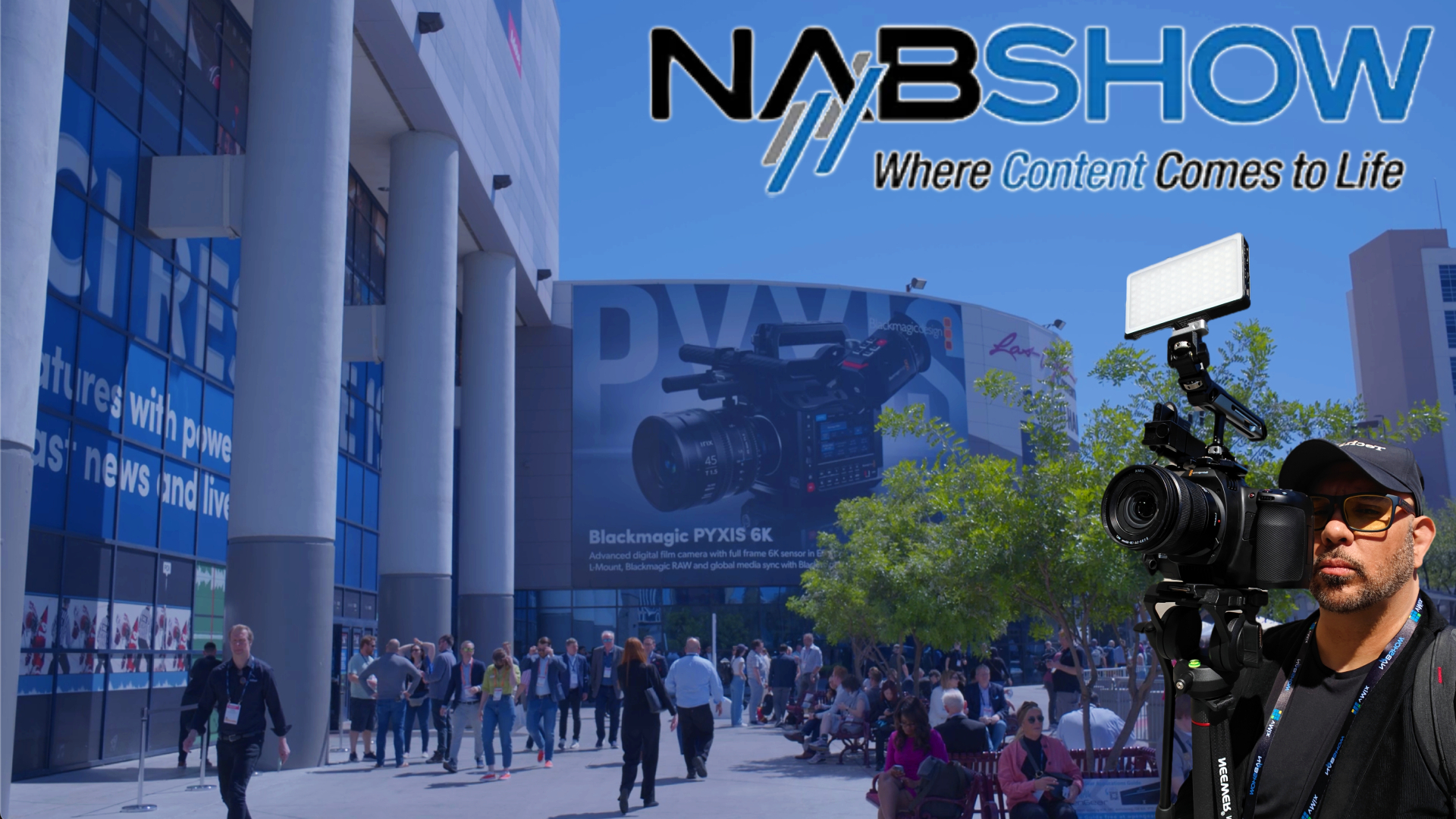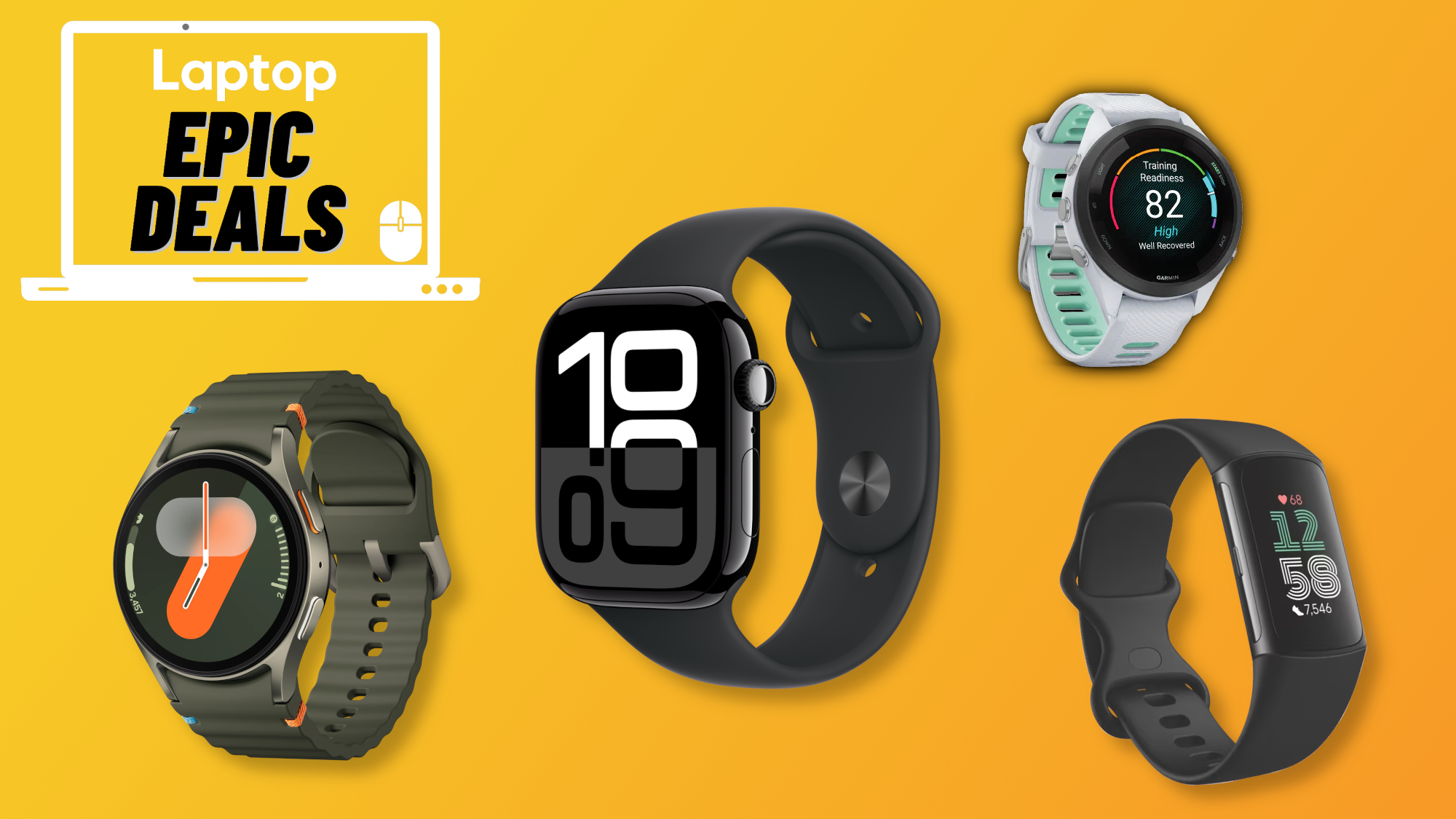Cameras
Latest about Cameras
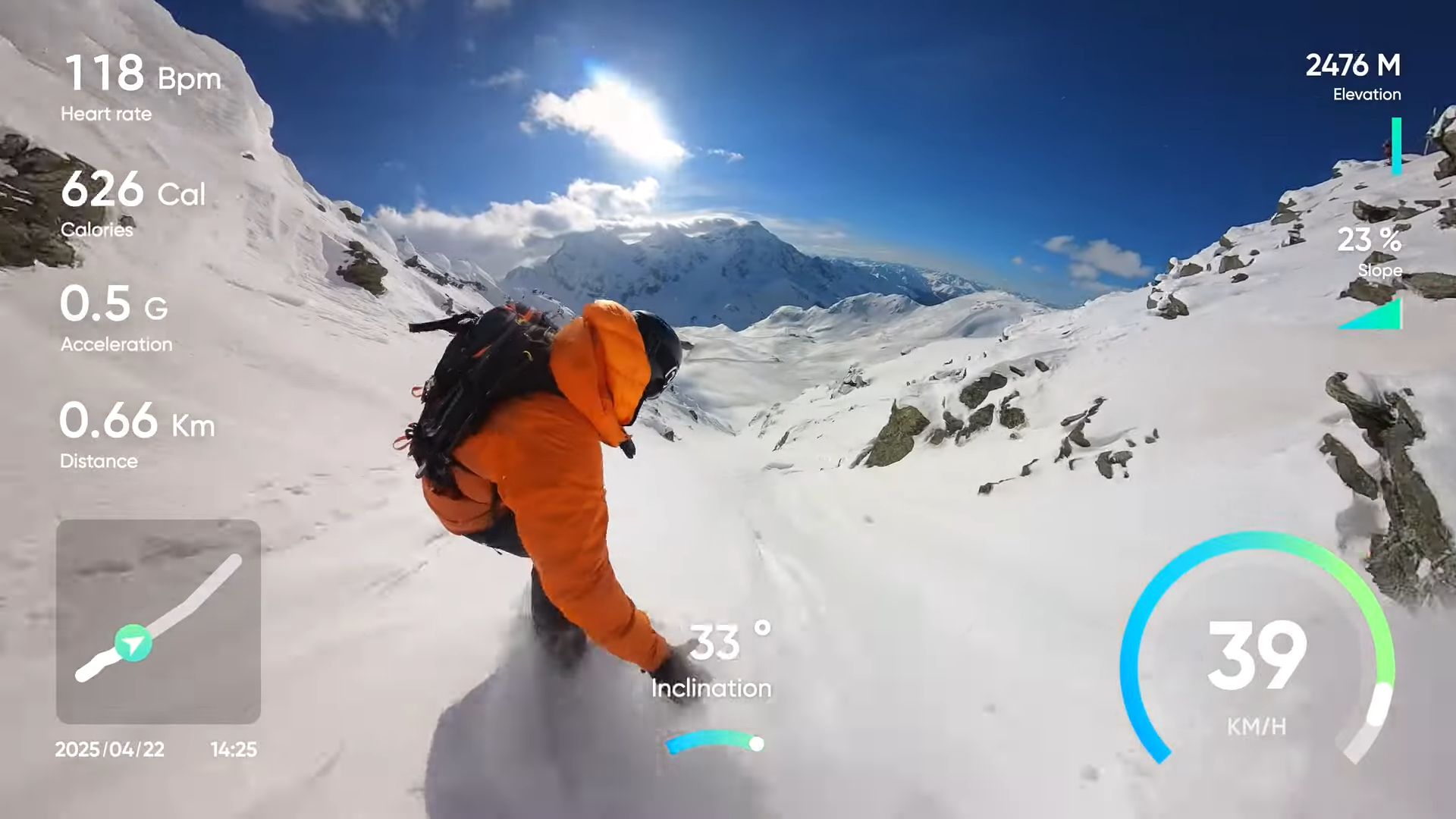
Insta360's latest 360-degree camera gives your footage main character energy (with a HUD to match)
By Rael Hornby published
The Insta360 X5's dual-capture InstaFrame mode caters to adventurers and editors alike, but syncing with Apple and Garmin smartwatches gives every shot serious video game vibes.
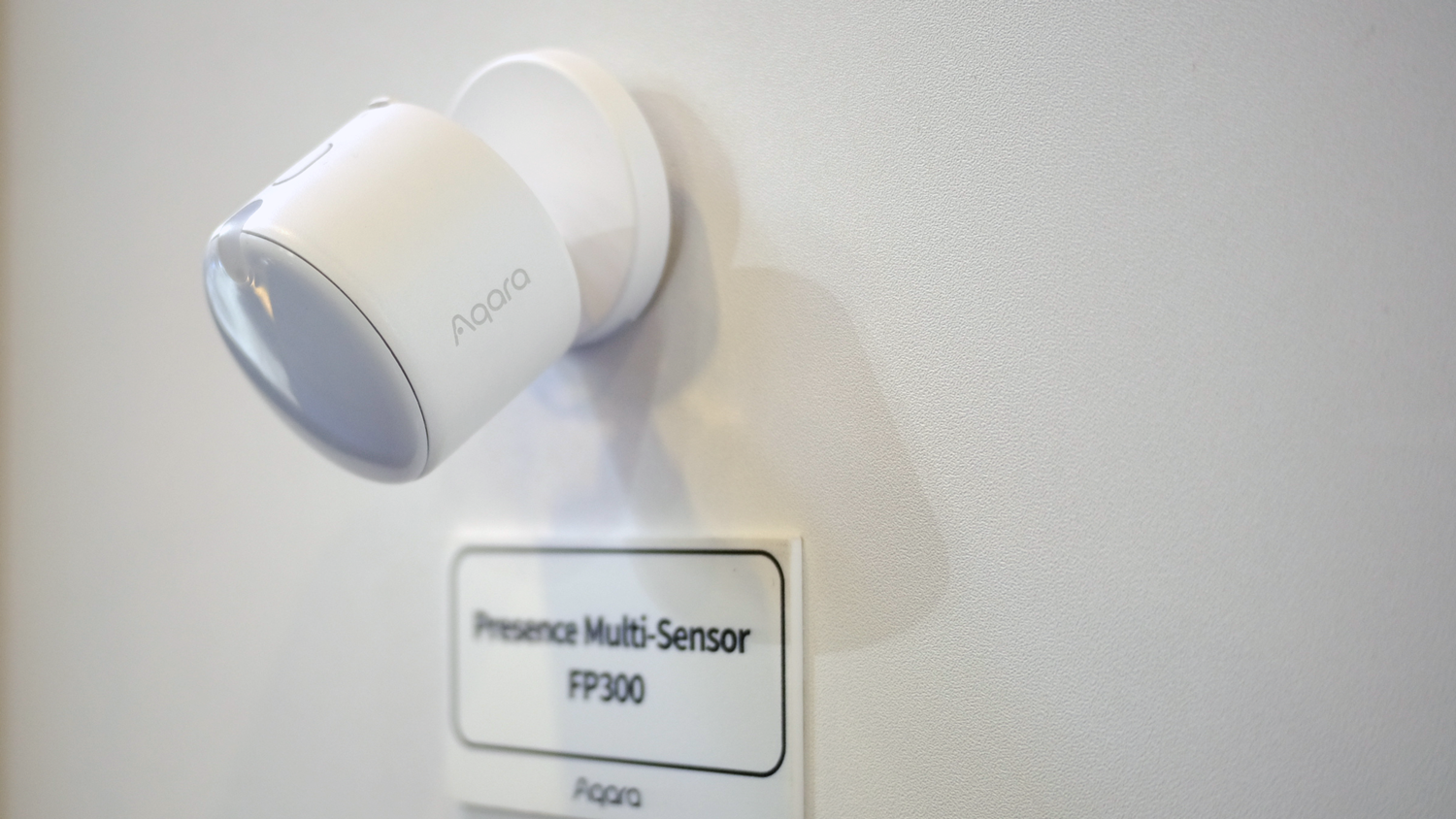
The Aqara Presence Sensor FP300: Finally, a sensor that's battery-powered!
By Nick Lucchesi published
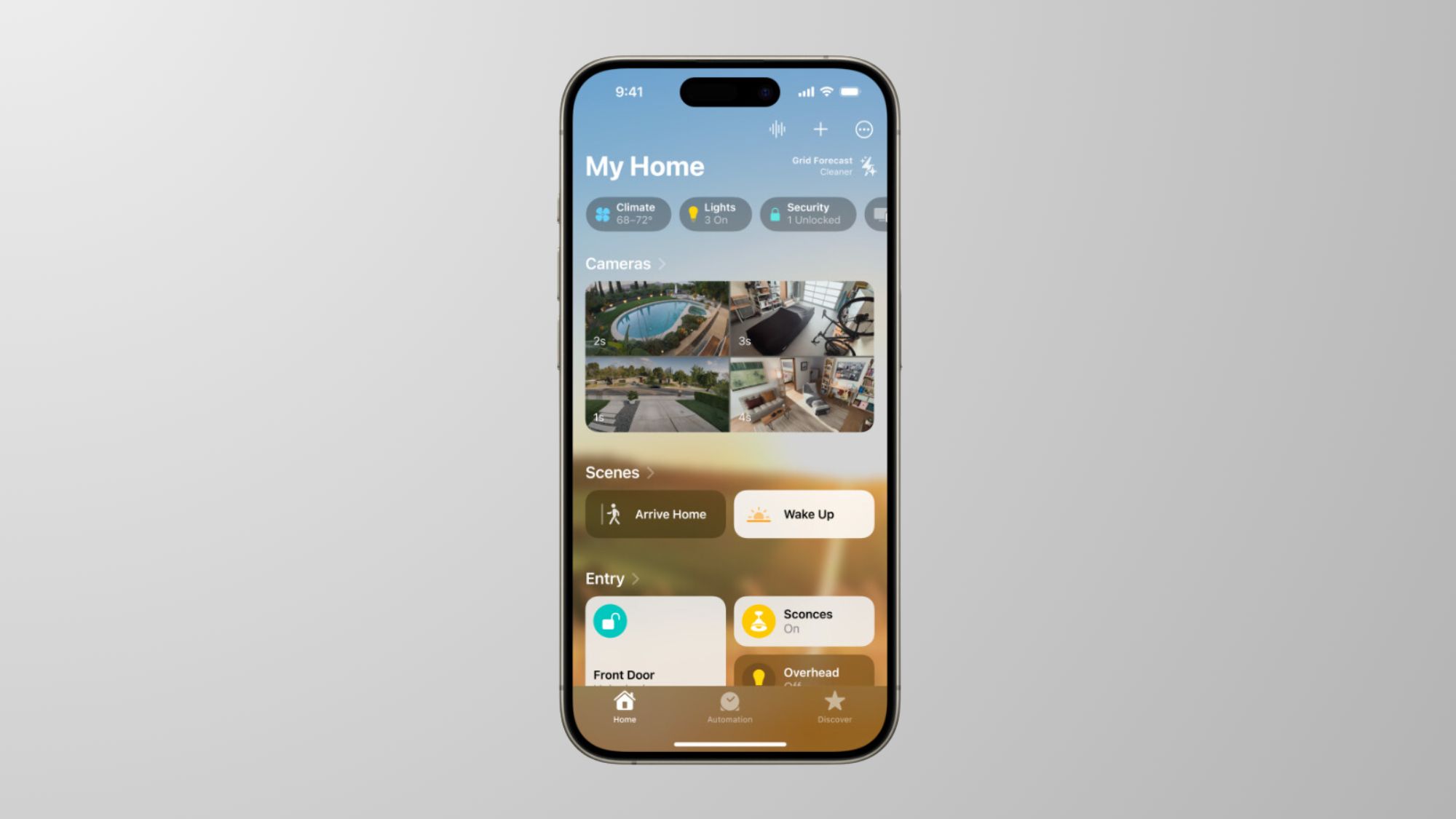
Apple's rumored smart home camera could spell bad news for Amazon
By Sarah Chaney published
In the Blink of an eye, Amazon's reign over the smart camera market could be over.
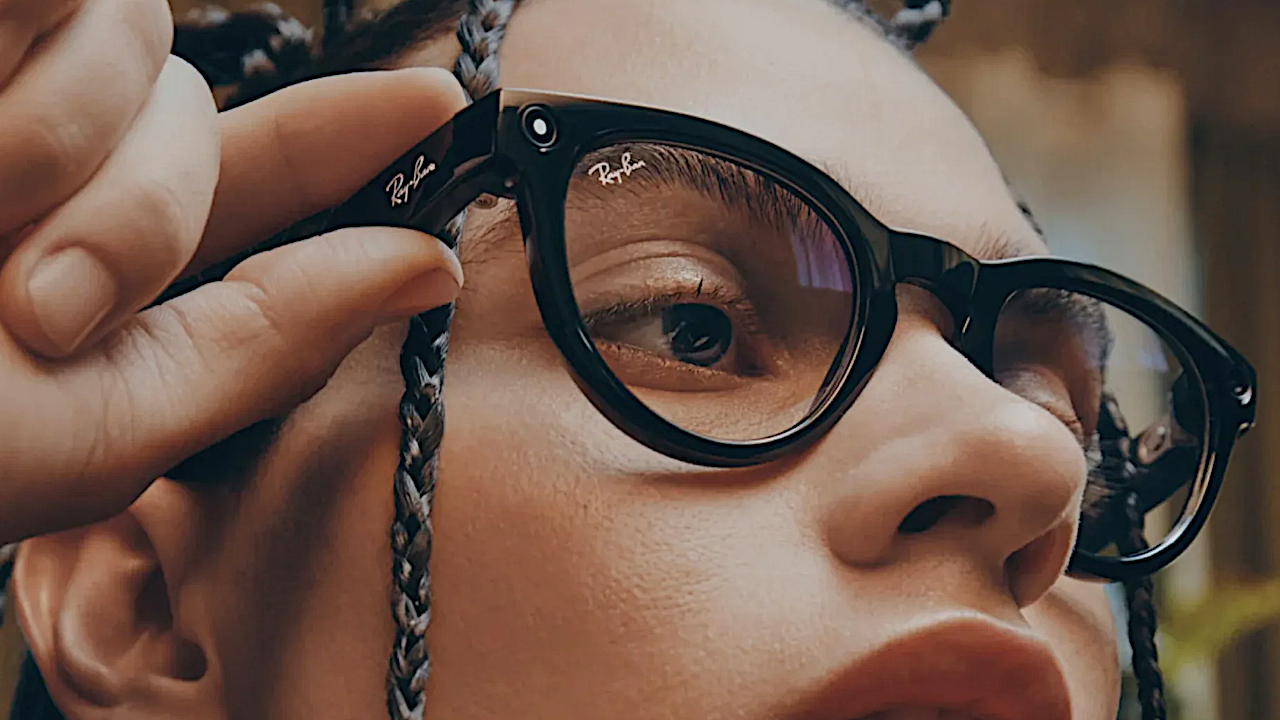
Are my Ray-Ban Meta smart glasses spying on me? No, but college students are
By Rael Hornby published
A recent tech demo has highlighted the risks of facial recognition when it comes to our personal information. Here's what you should know, and how to protect yourself.
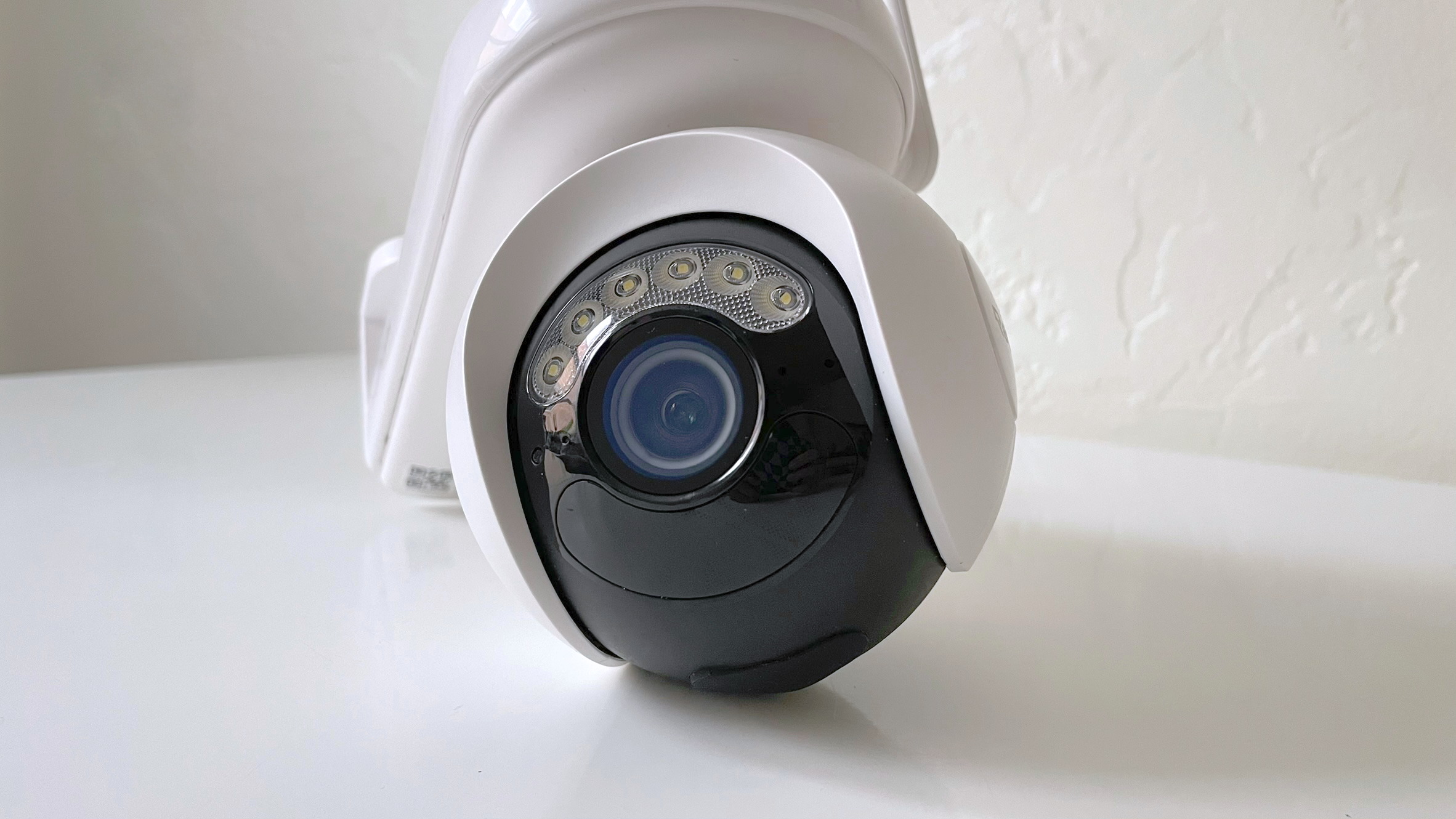
Reolink Altas PT Ultra review: This smart home camera boasts one surprisingly colorful feature
By Stevie Bonifield published
The new camera from Reolink, which is ditching subscriptions and cloud storage to put privacy and convenience first, also has an unexpectedly vivid capability
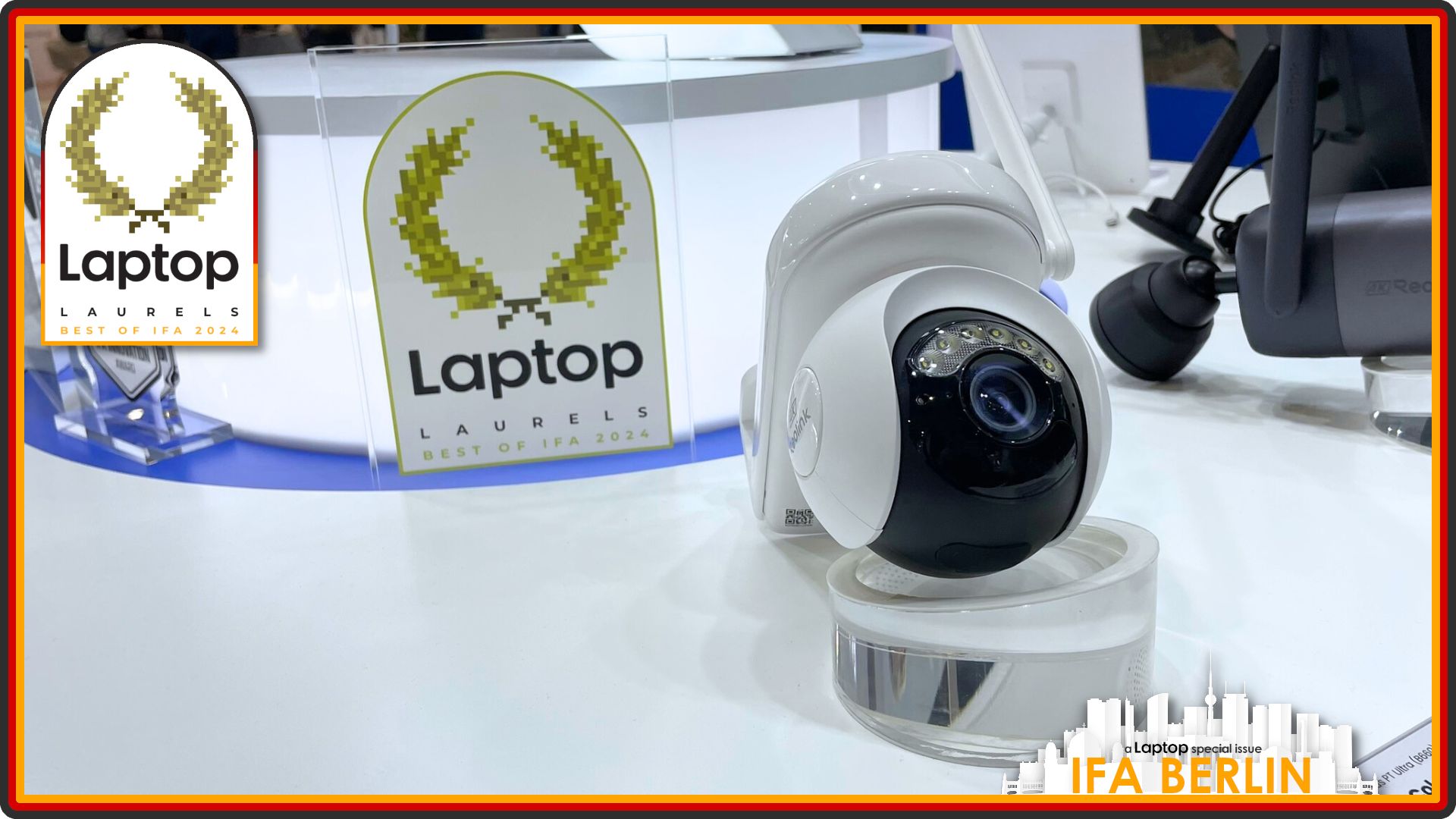
The Reolink Altas PT Ultra makes smart home security cameras smarter — and more secure
By Stevie Bonifield published
The Reolink Altas PT Ultra mixes privacy and flexibility to earn Laptop Mag's award for best smart home debut at IFA Berlin. Here are the highlights of this powerful smart home security camera.
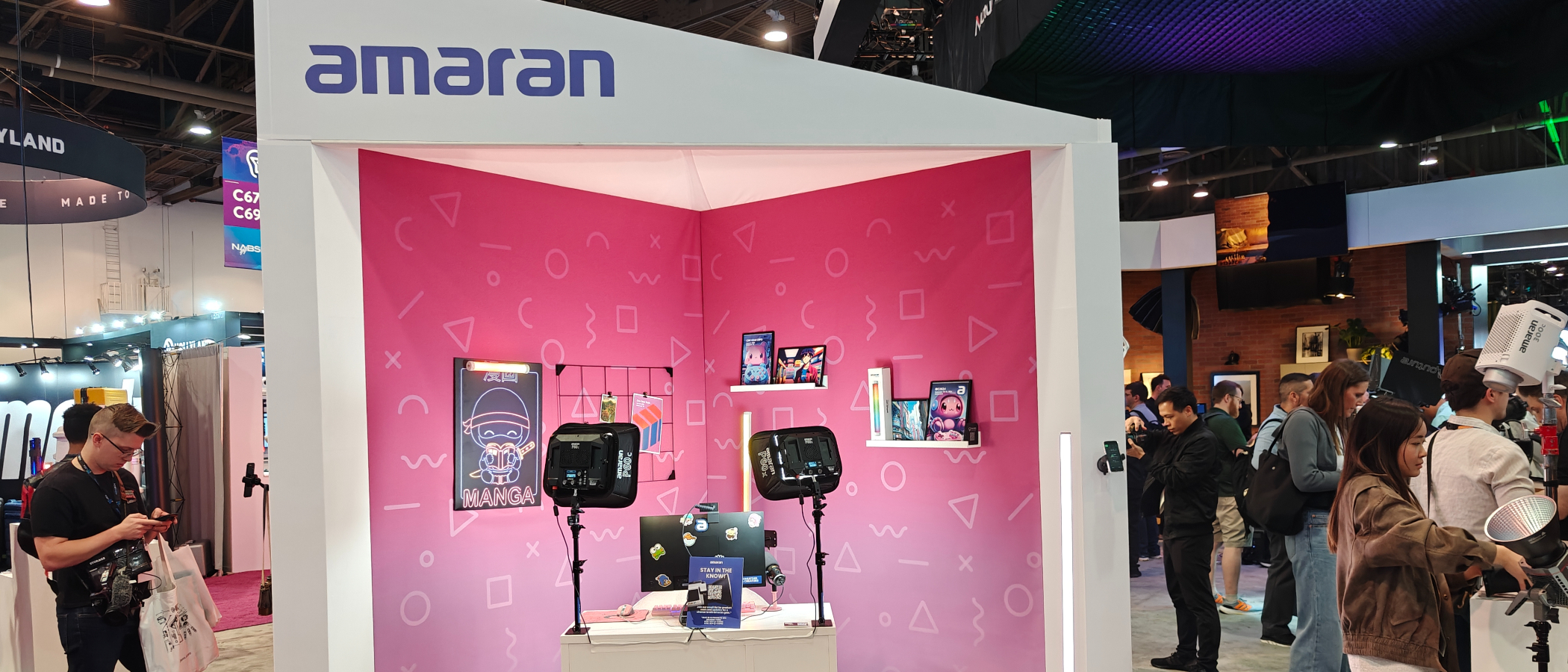
Amaran Prosumer lighting hands-on: Your content creation just leveled up
By Mark Anthony Ramirez published
Not yet ratedAmaran sent me the Amaran 300c and Amaran PTC2C, two prosumer light bars that carry the torch of Aperature’s design legacy all over them.
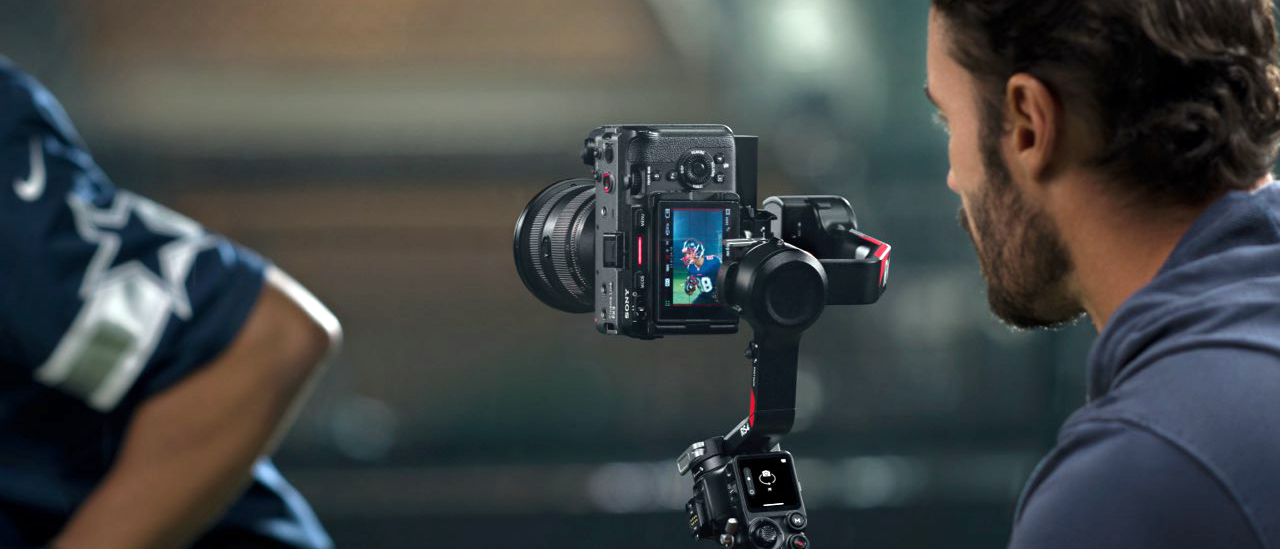
DJI RS 4 Combo Gimbal hands-on: Get ready for buttery-smooth content creation
By Mark Anthony Ramirez published
Not yet ratedThe combination of its price, size, and feature set makes it a near-perfect option for videographers and vloggers.
Get The Snapshot, our free newsletter on the future of computing
Sign up to receive The Snapshot, a free special dispatch from Laptop Mag, in your inbox.
